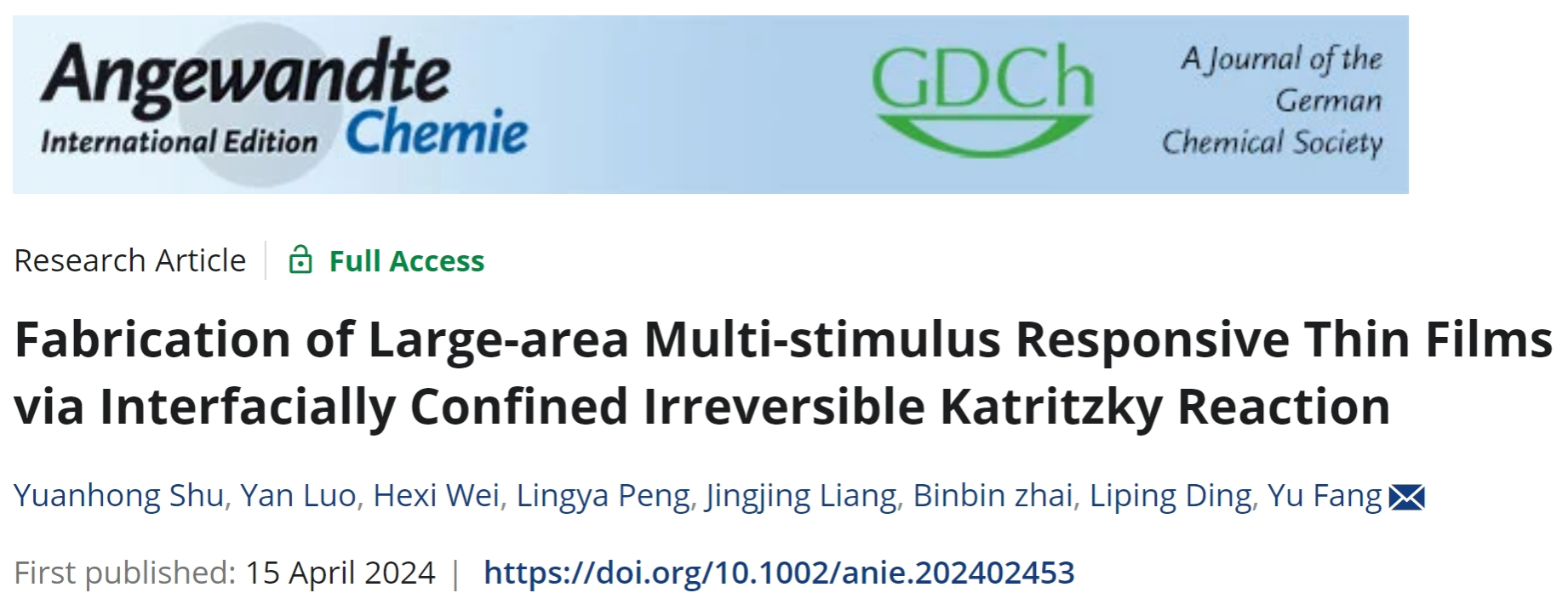
Yuanhong Shu, Yan Luo, Hexi Wei, Lingya Peng, Jingjing Liang, Binbin Zhai, Liping Ding*, and Yu Fang*. Angew. Chem. Int. Ed., 2024, e202402453. DOI: 10.1002/anie.202402453.
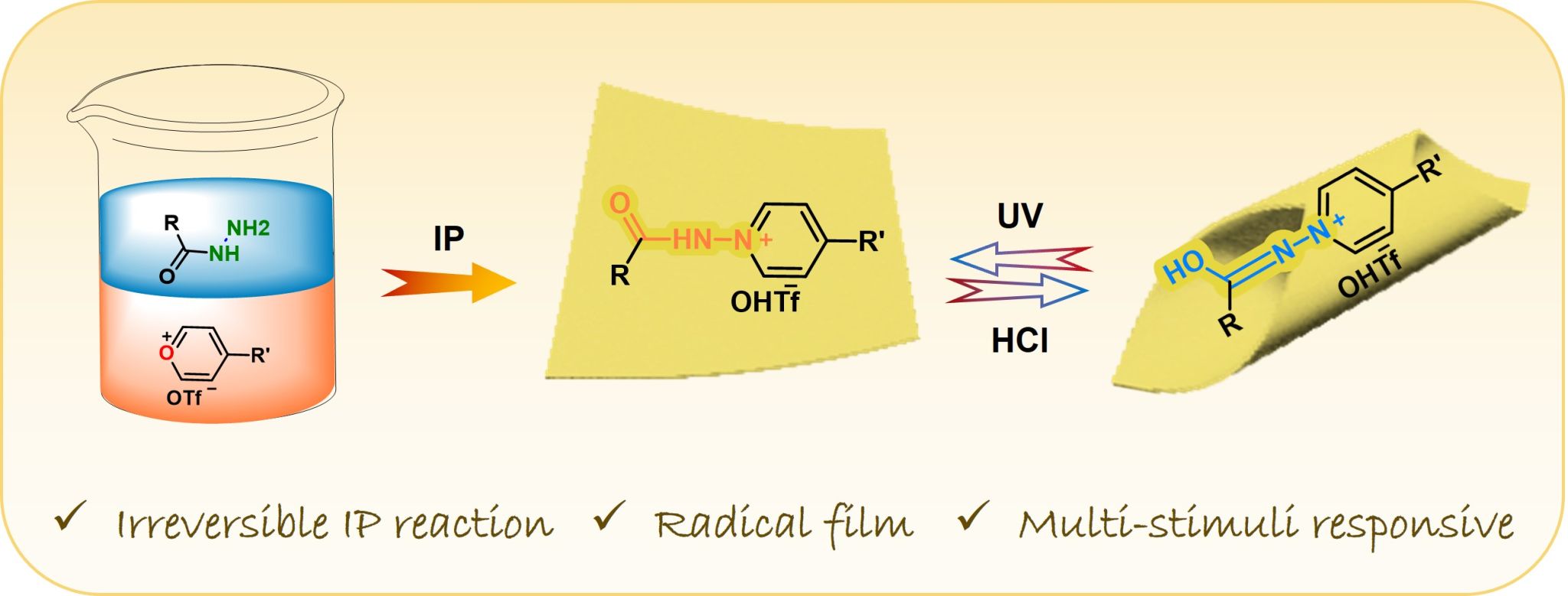
Covalent organic framework (COF) films and similar amorphous polymer films offer new opportunities for the development of smart materials due to their tunable structures, rich physical and chemical properties, and potential porosity. Currently, the preparation of such films through in situ polymerization at gas-liquid, liquid-liquid, gas-solid, and liquid-solid interfaces has become relatively mature and widely adopted. However, the limited availability of reaction types severely restricts the structural and functional diversity of the films.
In this work, we developed a novel and mild interface polymerization strategy using the irreversible Katritzky reaction at the interface of CH2Cl2 and H2O. This method allows for the preparation of large-area, self-standing films with multiple stimuli-responsive properties without the need for a catalyst and under ambient conditions. This innovative interface preparation method undoubtedly opens up new possibilities for the fabrication and application of film materials.
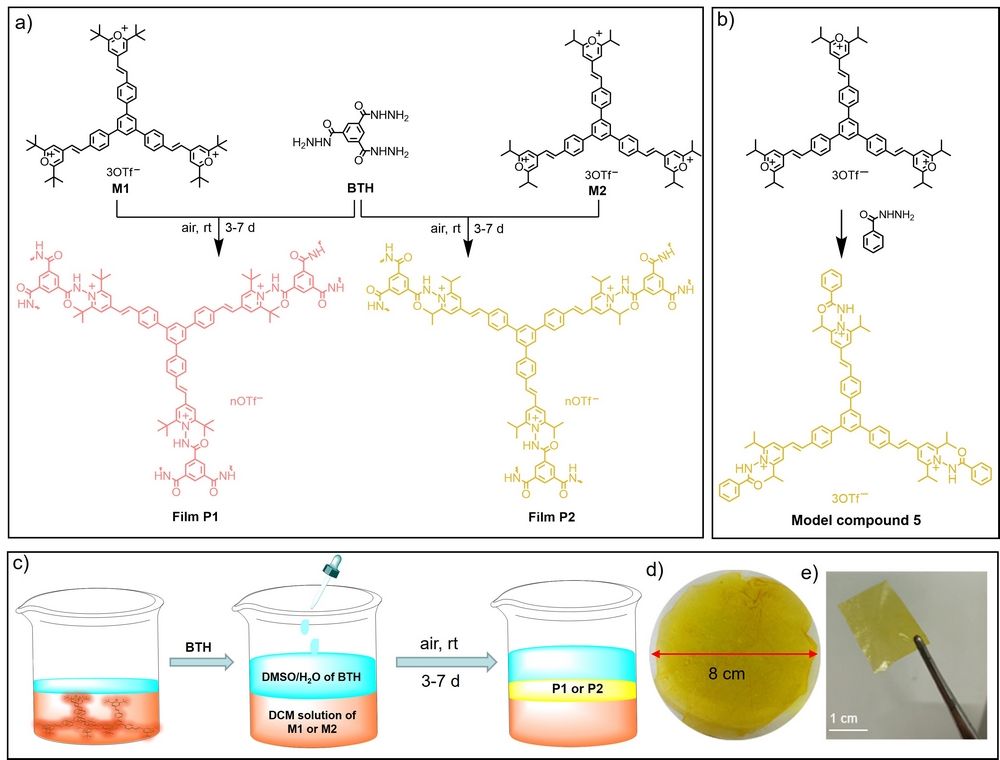
Figure 1. Molecular structure of building block for thin film preparation and schematic diagram of the thin film preparation process
The obtained films have adjustable thickness and can be extended up to an area of 50 cm2. Particularly notable is their rapid curling or bending motion under ultraviolet (UV) light stimulation, with response times as short as 0.1 s, surpassing many crystalline materials in terms of response speed. Once exposed to HCl vapor, the film quickly recovers its original shape. Furthermore, the film responds to specific organic vapors by undergoing curling motion, which can rapidly return to a flat state when transferred to air. These remarkable photo and gas-responsive properties make this film highly promising for applications in artificial muscles, soft robots, microfluidic systems, and other fields.
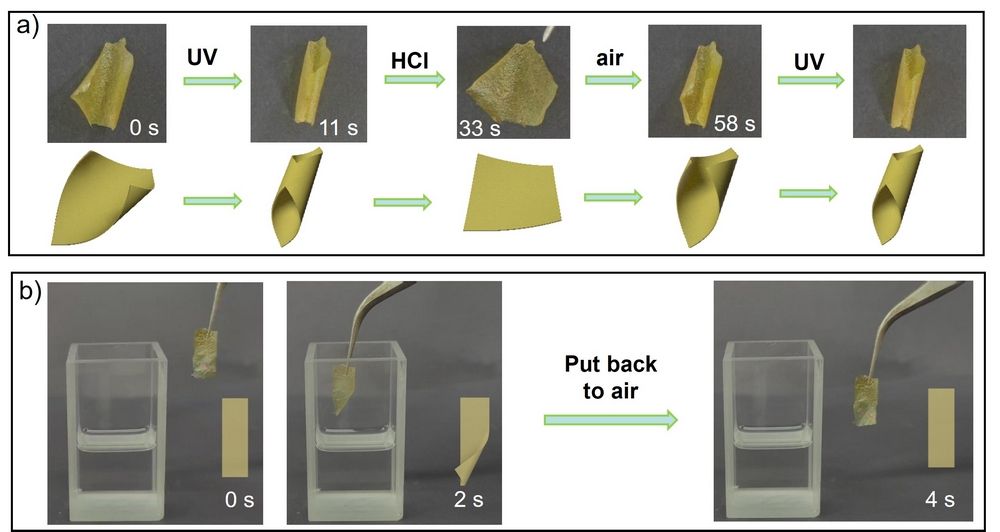
Figure 2. Mechanical motions of the thin film under the stimulation of UV, HCl gas, and organic vapor
On the other hand, these films carry cations, endowing them with the ability to capture anionic free radicals. Under UV light irradiation, the anionic free radicals can be effectively eliminated. Therefore, these films can be applied to capture and remove reactive oxygen species in the environment, providing strong support for environmental protection and biomedical applications.
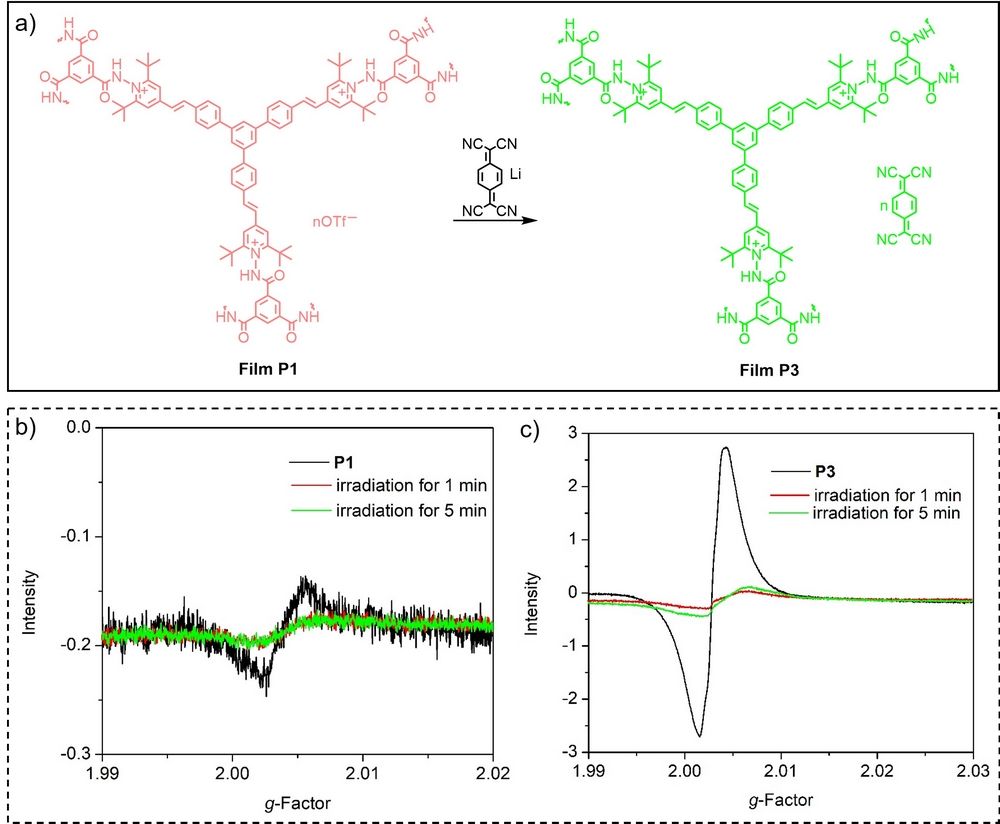
Figure 3. Mechanism of thin film capturing free radicals and EPR spectra before and after UV irradiation
First Author: Dr. Shu Yuanhong, Shaanxi Normal University
Correspondence Authors: Prof. Fang Yu and Prof. Ding Liping, Shaanxi Normal University
Full Text Link: https://onlinelibrary.wiley.com/doi/10.1002/anie.202402453
 Latest Updates
Latest Updates






